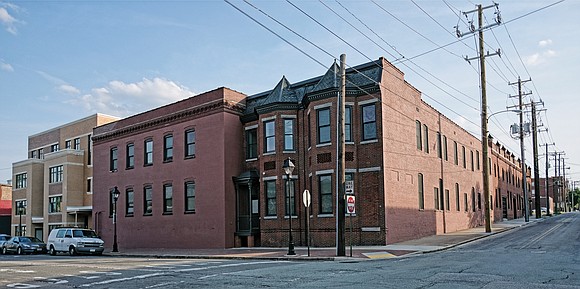Homes for the homeless
5/3/2019, 6 a.m.

Cityscape: Slices of life and scenes in Richmond
The expanded New Clay House, seen here, is one of the largest residential developments in the city for people experiencing homelessness.
Originally opened 27 years ago with 47 tiny rooms, Virginia Supportive Housing, which owns the complex, has spent the past year overhauling the interior of the units at Clay and Harrison streets. The New Clay House now has 80 studio apartments, including 67 units for the formerly homeless and 13 affordable apartments for low-income people. Cost: $19 million.
Mayor Levar M. Stoney and VSH officials will join in a ribbon-cutting ceremony to officially reopen the building at 11 a.m. Tuesday, May 7.
Already, 54 people have moved in and leases are being inked for the 26 remaining units, according to VSH spokeswoman Elizabeth Warren.
“This building now better reflects what we have learned through the years about creating permanent supportive housing while almost doubling the number of residents,” stated Allison Bogdanovic, VSH executive director.
The building has long been used to serve the homeless. The late James R. Stallings Sr. operated a meals program and shelter at the building before selling the space to VSH in 1992 for their first operation. VSH is naming the on-site community center for Mr. Stallings to recognize his contributions to the needy.
The site also includes a computer room and fitness center for residents.
While the New Clay House is the VSH’s flagship, the group now has 16 additional properties for low-income, homeless and disabled people in Richmond, Charlottesville and Hampton Roads.
Ms. Bogdanovic noted that “97 percent of individuals we serve do not return to homelessness.”





